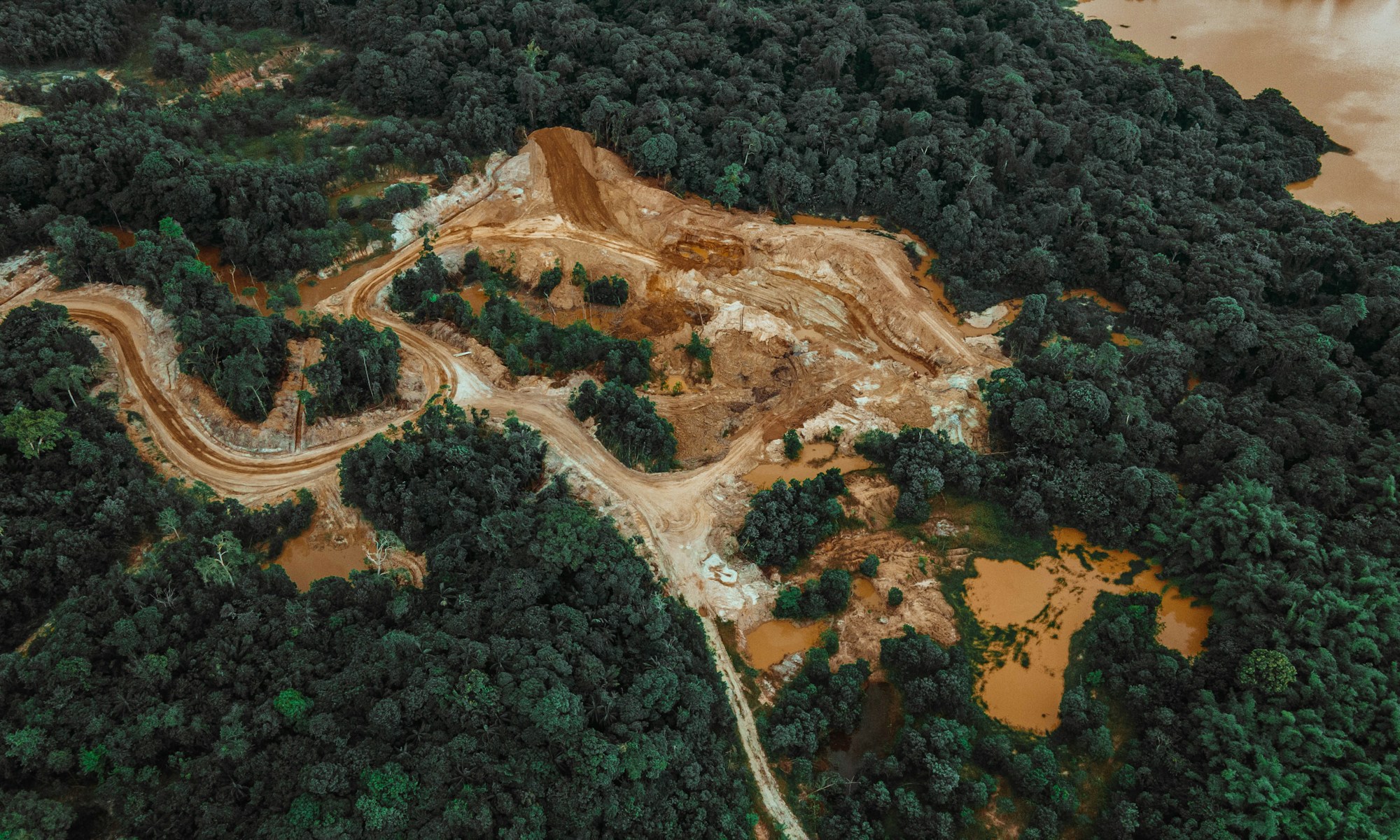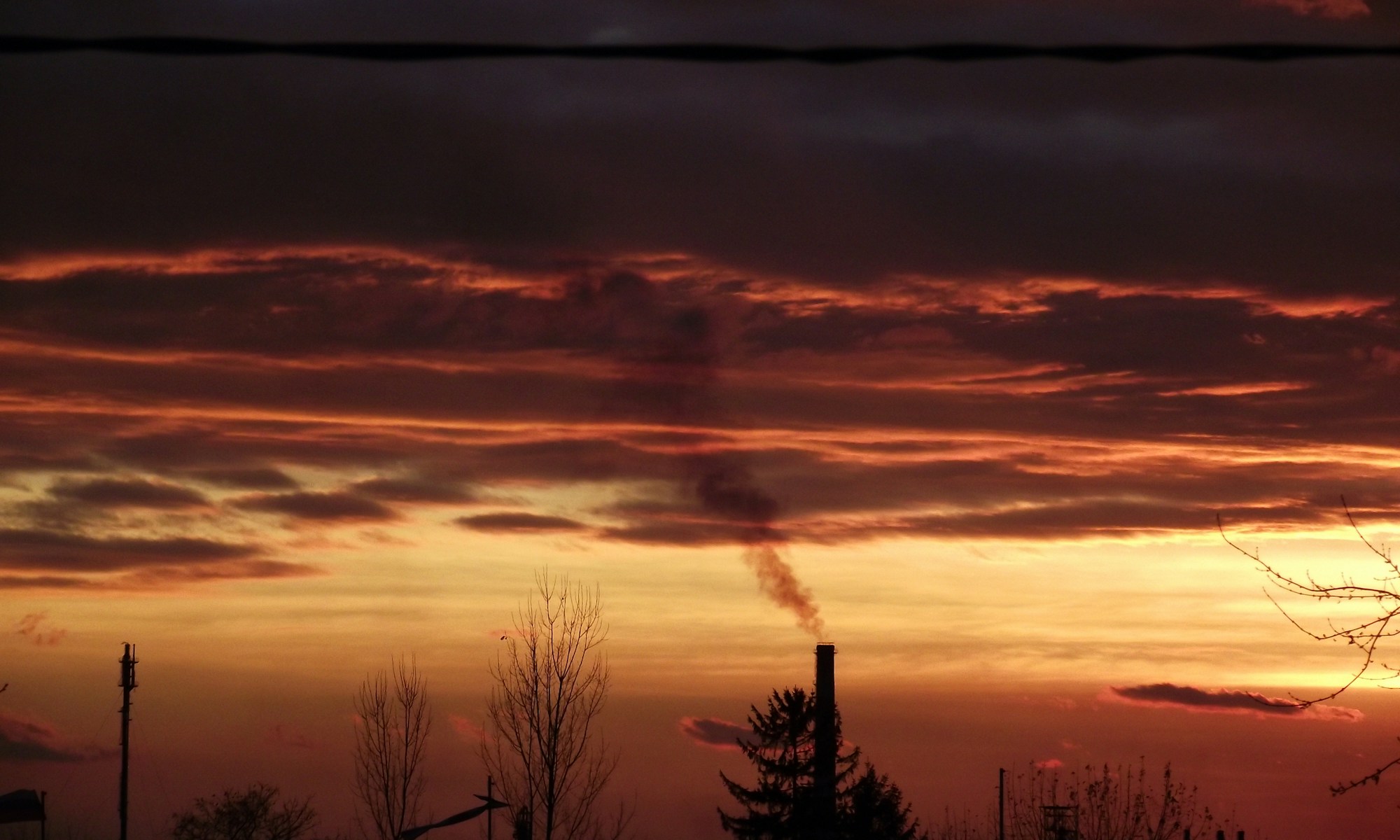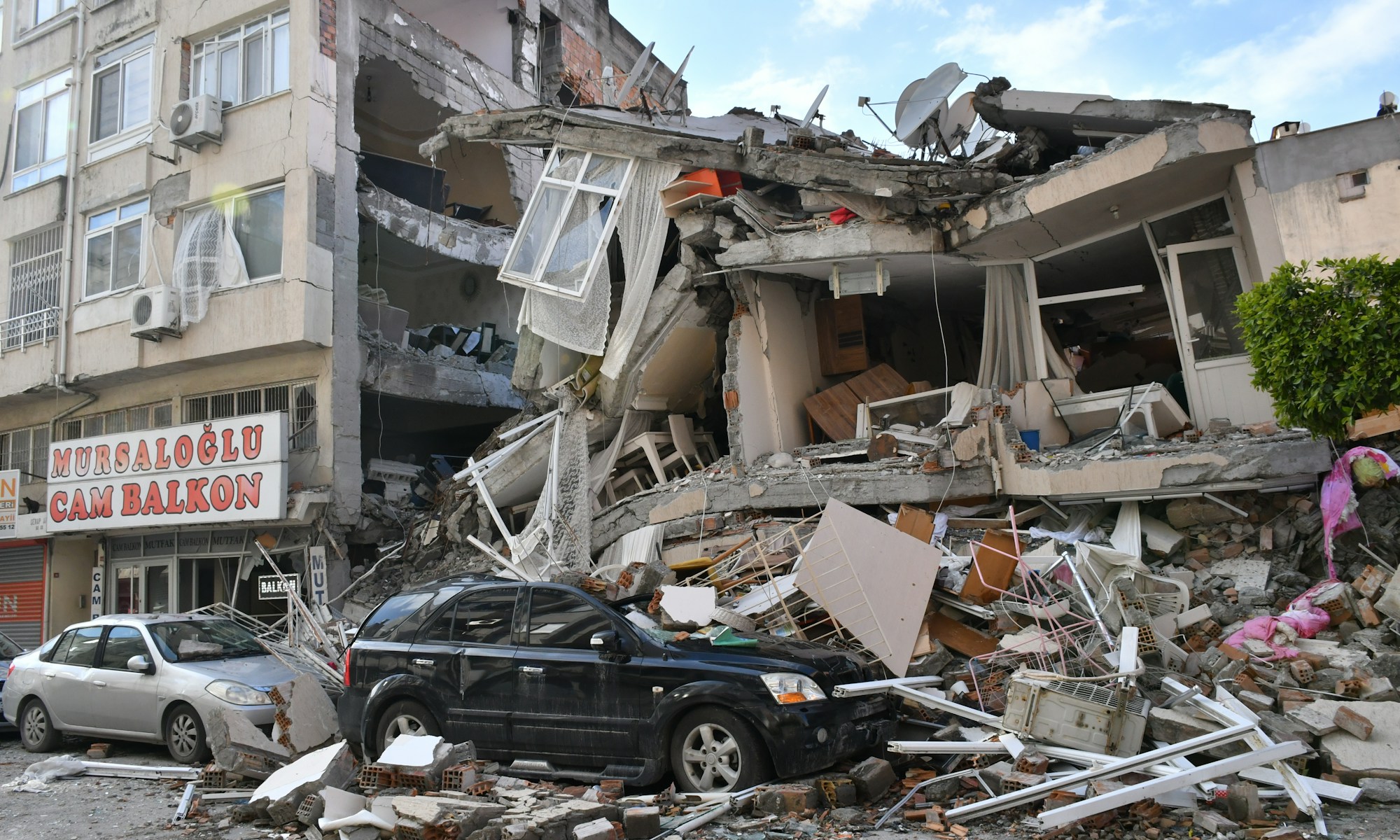2 June 2023 – by Cosmo Sanderson
Global warming will soon push billions of people into living in “unprecedented” heat that threatens human survival, according to new research, with entire countries becoming dangerously hot.
Various models used by the researchers found that as many as two billion people could be living in dangerously hot conditions by 2070 – just 37 years from now.
While some of those models were upper estimates, even if the world continues warming at its current rate, two billion people will be left in dangerous heat by the end of the century.
“For every 0.1°C of warming above present levels, about 140 million more people will be exposed to dangerous heat,” said University of Exeter professor Tim Lenton, one of the leaders of the research.
“This reveals both the scale of the problem and the importance of decisive action to reduce carbon emissions.”
Limiting global warming to 1.5°C above pre-industrial levels – the goal set out in the Paris Agreement – rather than the 2.7°C that the world is on a path to reach would mean “five times fewer people in 2100 being exposed to dangerous heat,” says Lenton.
Another lead researcher, Professor Marten Scheffer at Wageningen University in the Netherlands, said that the rising temperatures could lead “a billion or so” people to consider migrating to cooler places.
The study, published in May, is said to be the first of its kind to treat all humans equally. Until now, research has calculated harm caused by the climate crisis in monetary terms – with rich people having more to lose. Research has also typically valued those living now more highly than those living in the future.
“This is unethical,” says the study. “When life or health are at stake, all people should be considered equal, whether rich or poor, alive or yet to be born.”
The study identified the “climate niche” in which most humans exist, with the majority of humans living in average temperatures around two peaks of 13°C or 27°C.
Very few people have historically lived in average temperatures of 29°C or above, which is what the study defined as the upper limit for humans’ climate niche. Living in such temperatures increases deaths, migration and conflict – among a raft of other bad side effects.

A figure from the study
The study estimates that global warming has to date pushed more than 600 million people outside the temperature niche.
India and Nigeria are already showing “hotspots” of increased exposure to extreme heat. At the current rate of warming, it is predicted that India will have 600 million people and Nigeria 300 million people living outside of the niche by 2070.
By that time some entire countries, including Burkina Faso and Mali, will be exposed to average temperatures of 29°C or above.
Worst-case scenarios of around 3.6 °C or even 4.4 °C global warming could put half of the world population outside the niche by the end of the century, which the study says poses an “existential risk” to humanity.
The study did not consider exposure to other sources of climate harm, including sea-level rise, which United Nations secretary general António Guterres recently warned could lead to migration on a “biblical” scale.












